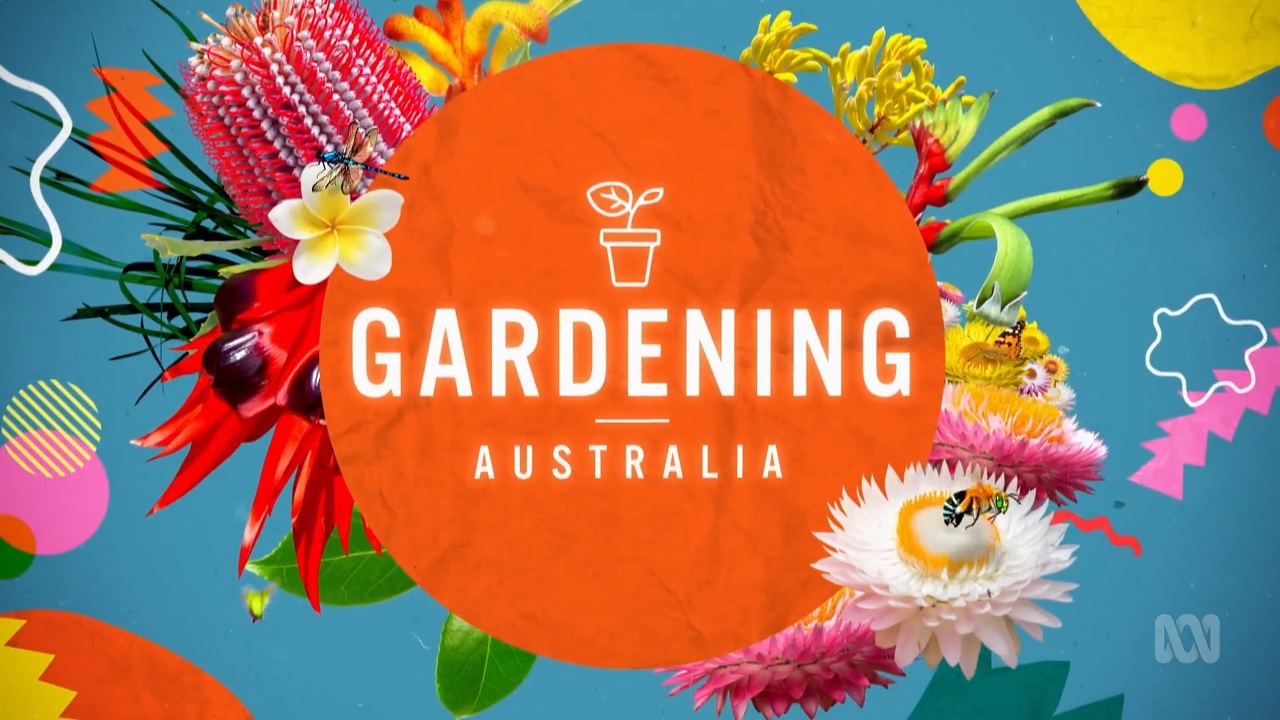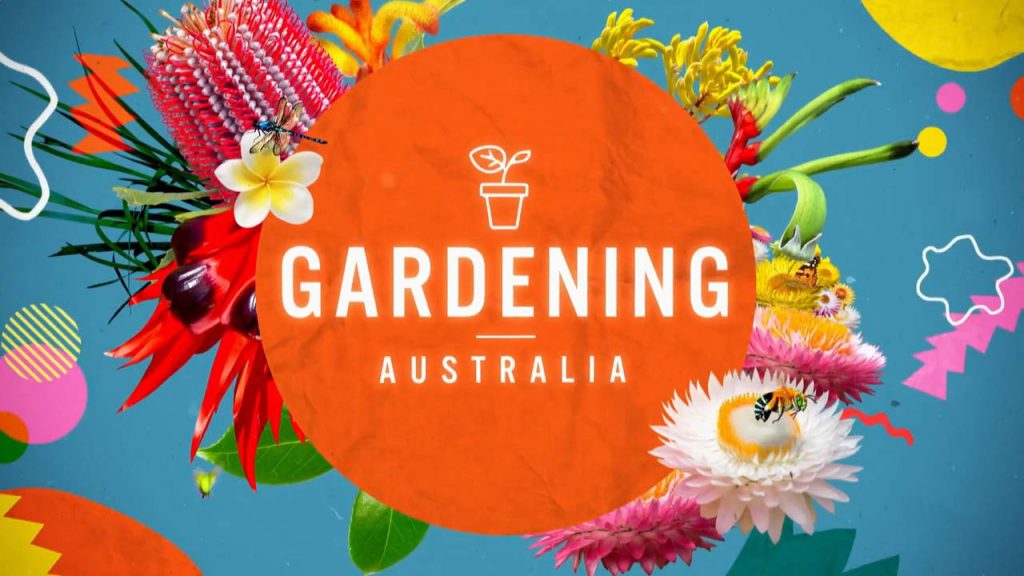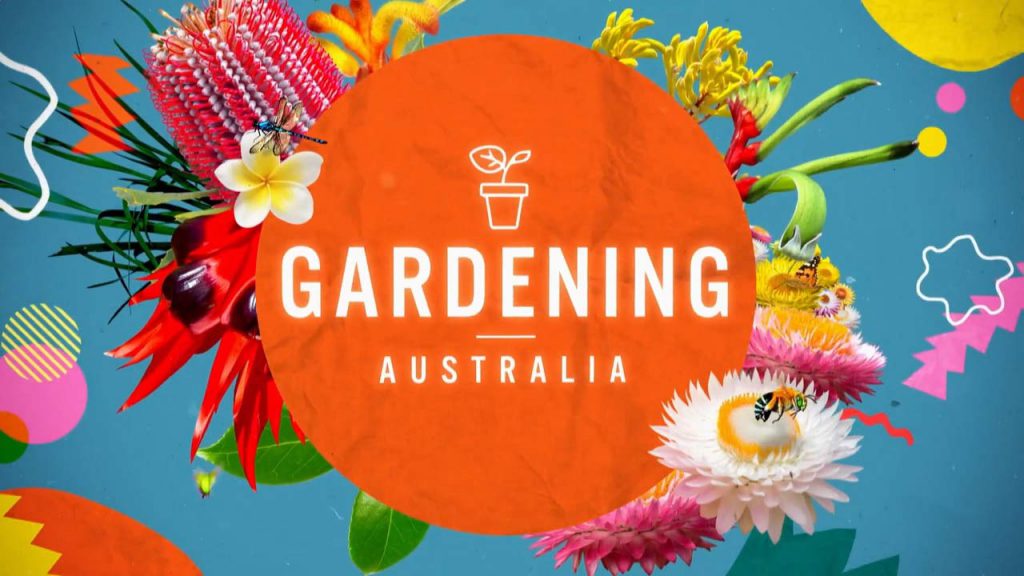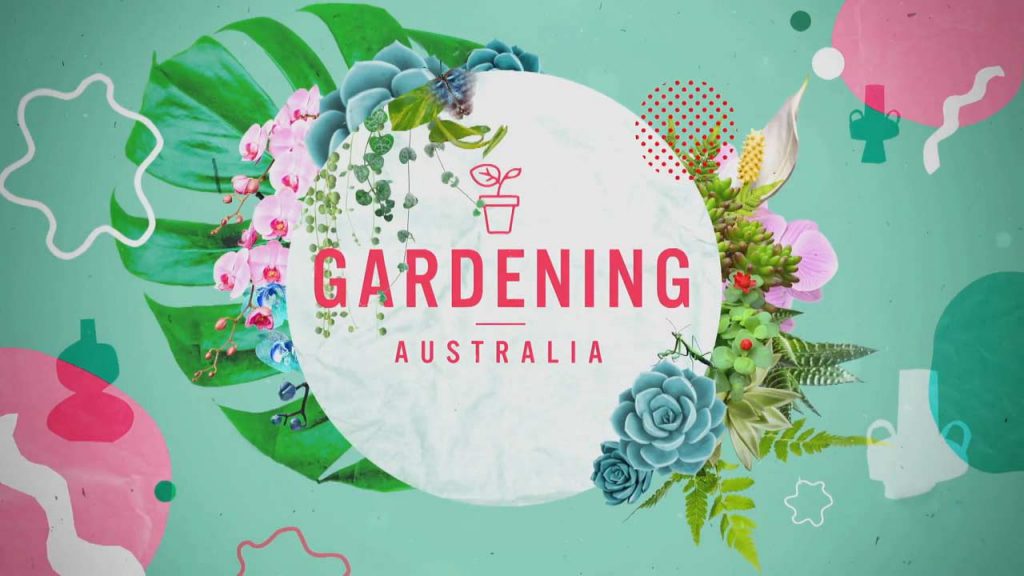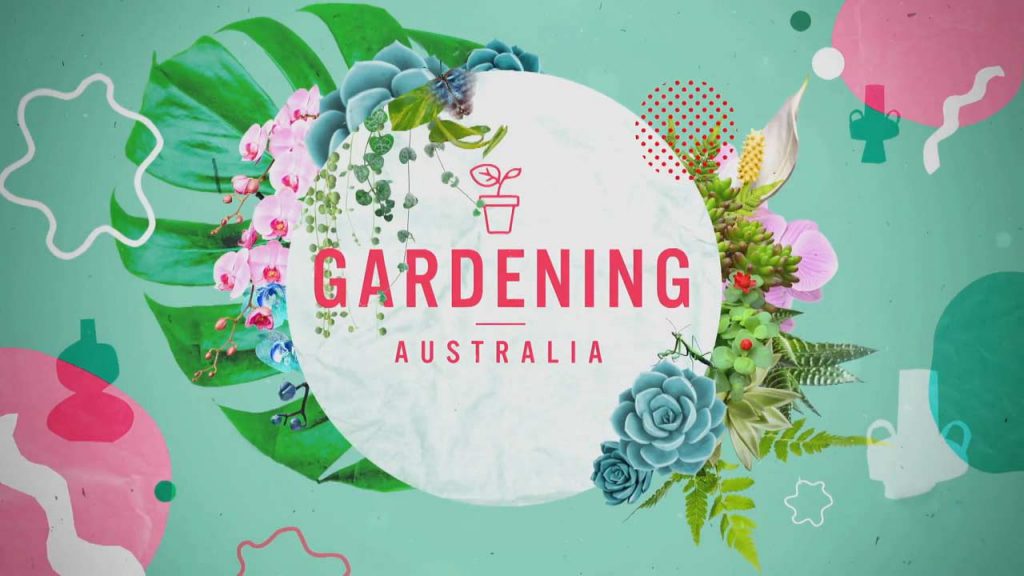Gardening Australia episode 9 2023: We’ve got an eclectic mix of stories that’ll leave you grinning like a Cheshire cat in a catnip factory. Join Costa as he discovers eco-warrior wisdom at a Landcare legacy school, while Millie gets a sneak peek into a designer’s domestic utopia. Meanwhile, Jane uncovers serenity and rejuvenation in a wellness wonderland, and Clarence dives into the enchanting world of mini native wetlands. Not to be outdone, Sophie rolls up her sleeves and tackles all those essential autumn tasks, ensuring your garden stays as vibrant as the fall foliage. And, drumroll please, we present the pièce de résistance: an encounter with a topiarist whose sheer grit and artistry will have you questioning the limits of human imagination. So, grab a cuppa and snuggle into your favorite reading nook—it’s time for a whirlwind tour of awe-inspiring spaces and faces!
Gardening Australia is a popular Australian television program that focuses on gardening and gardening advice. It is broadcast on the ABC and has been airing since 1990. The show is presented by a team of expert gardeners and horticulturalists, who provide tips and advice on a wide range of gardening topics, from choosing the right plants for your garden to dealing with pests and diseases. Each episode also features segments on different gardens and gardening projects around Australia, showcasing the diverse and beautiful gardens found in the country.
Gardening Australia episode 9 2023
Little Landcare Legends
Costa heads to regional Victoria to track down a small school community who have cultivated a love of growing and responsibility for the local landscape for decades. Wooragee is a little school with a big heart. Located at the foothills of the Great Dividing Range, in NE Victoria, it is home to just 36 kids, 3 teachers, support staff, and one heck of a garden! The garden is at the heart of the curriculum, with the whole school participating every week. The kids rotate through different tasks, cultivating and harvesting their own vegies from the kitchen garden and then preparing a meal.
Owen Gemmill is the head ‘volunteer’ gardener who alongside Eric Allerdice, has been sharing skills with the kids for decades. Alicia Odewahn, Principal of the Wooragee Primary School says these gentlemen are the heart of the program, “it really wouldn’t happen without them. They are so beautiful with the kids, and so skilled. You should watch them on a tool!” She says that their involvement is indicative of the way they rely on their community, “With only 30 kids, we can’t rely on the small pool of the families, we have to connect with others, for skills and support!”
The sensory garden adjacent to the kitchen is a new addition, designed by the students in their maths class. Alicia explains that they “won a school garden award and travelled to the RBG in Melbourne to get our prize. We were inspired by the children’s garden there but ours has been constructed by creativity!”
Water-loving Natives
Clarence creates a wetland wonder with water loving native plants.
It’s a popular myth that native plants are all drought tolerant and love the searing sunlight. But that’s not the case – there are thousands of native Australian plant species that have adapted to different niches, including damp, boggy wetlands.
These plants are naturally adapted to high levels of water and shade. If you have a spot like this in your garden, such as a pond, dam or even a bird bath, there are some great native plant options.
You can also create a mini wetland in pots. Clarence uses a mix of coir peat, charcoal, and potting mix in a pot without drainage to keep the water in.
Water hyssop (Bacopa monnieri) is a groundcover with beautiful white flowers and succulent leaves that will spill over the edge.
Knobby Club-Rush (Ficinia nodosa) is a rush that works well in a rain garden to filter water. It’s also ideal habitat for small insects and frogs. The clumping leaves grow up to 50 centimetres and has flowers at the end of its leaves, like a club.
Cunjevoi (Alocasia brisbanensis) is a great feature plant but will soon outgrow a small pot, reaching 1-2 metres tall.
Necklace Fern (Asplenium flabellifolium) is a small fern with trailing delicate fronds.
Native water-loving plants don’t have much variation in colour but there is a lot of difference in structure and texture.
Designed to Heal – Gardening Australia episode 9 2023
Nestled within the cool oasis of the Fern Gully, the RBG has created three spaces designed for meditation and for “contemplating your connection with nature or connection to life” says Andrew. As visitors follow the often-busy Fern Gully boardwalk, the Wellbeing Gardens give the opportunity to leave the main path, stop, pause and reflect.
The gardens were created thanks to funds donated by three supporters, who each had stories of lost loved ones. “We designed the gardens with those people in mind, but the gardens are for everybody,” says Andrew. To create a sense of ‘wellbeing’ the spaces feature four elements: Green, water, sensory engagement (through plants, textures, sounds or feelings), and symbolism.
Andrew adds that diversity is also a key feature: “The detail in the planting is really important in these meditation gardens. There are tests now being done that show that if a garden has lots of different plants, that really adds to the person’s experience and to their health and wellbeing.”
In Gardening Australia episode 9 2023 you will find answers to this questions:
- What is Gardening Australia?
- How to create a mini native wetland?
- What plants are suitable for a sensory garden?
- How do gardens promote wellbeing?
- What native plants thrive in wet environments?
- How to engage kids in gardening?
